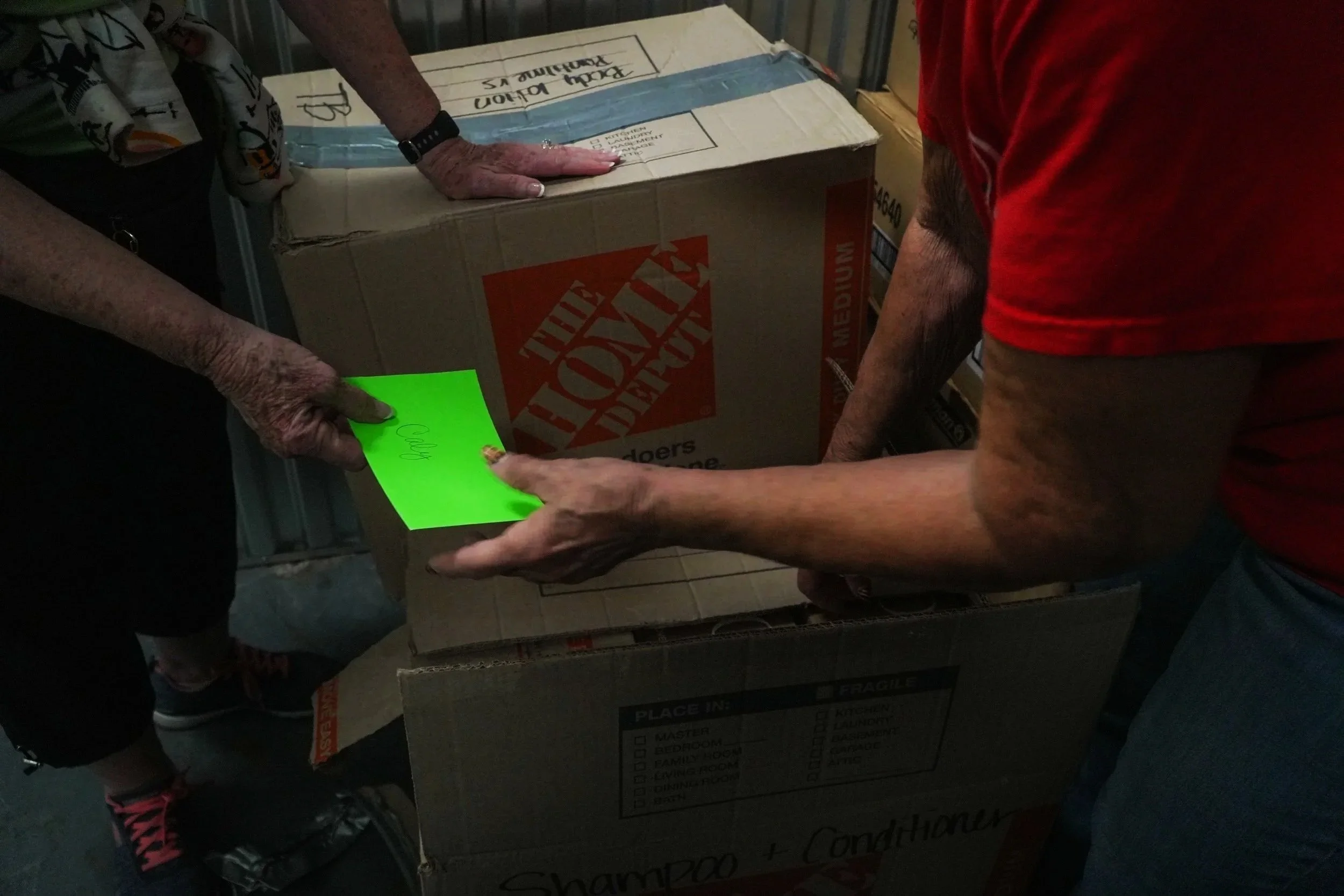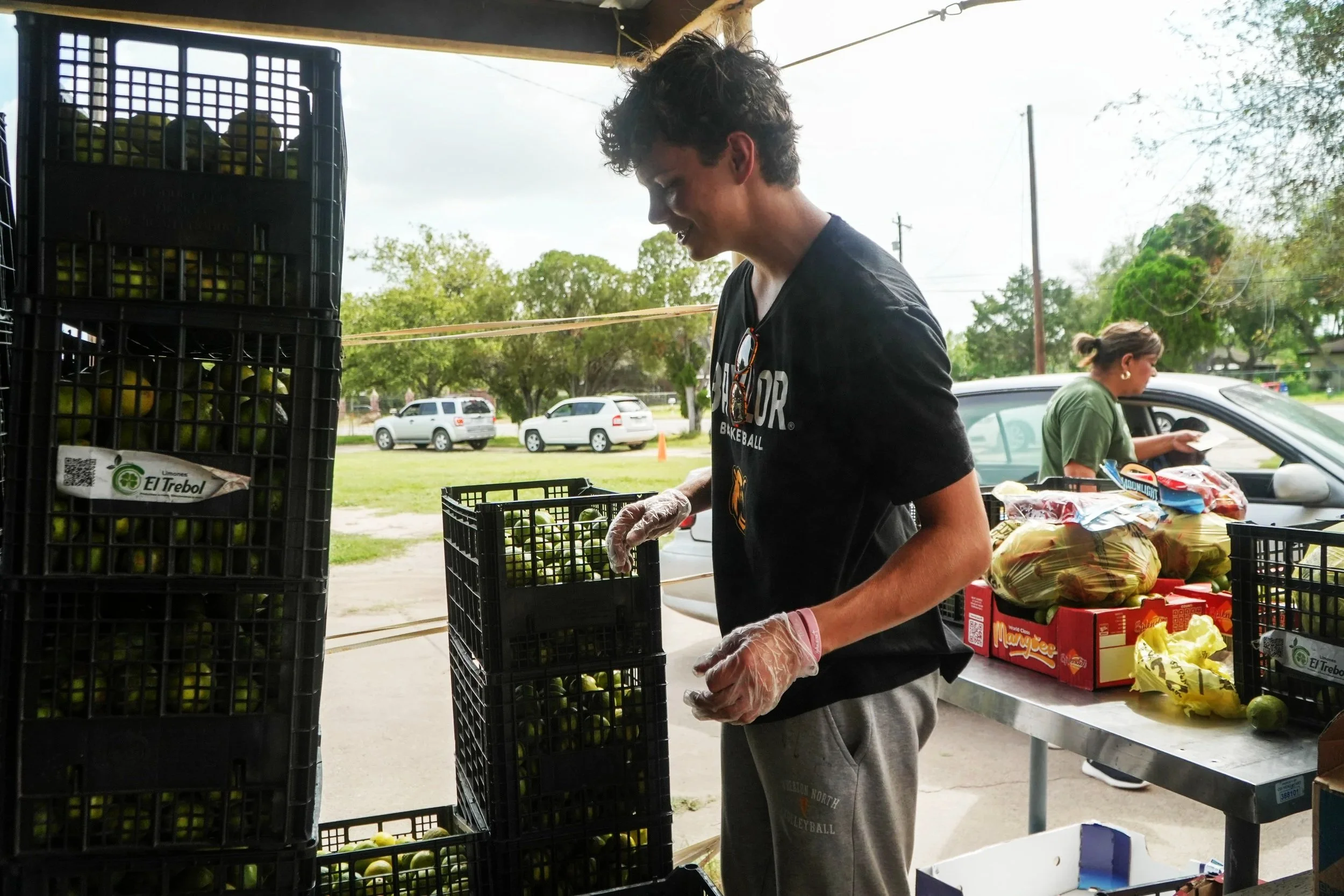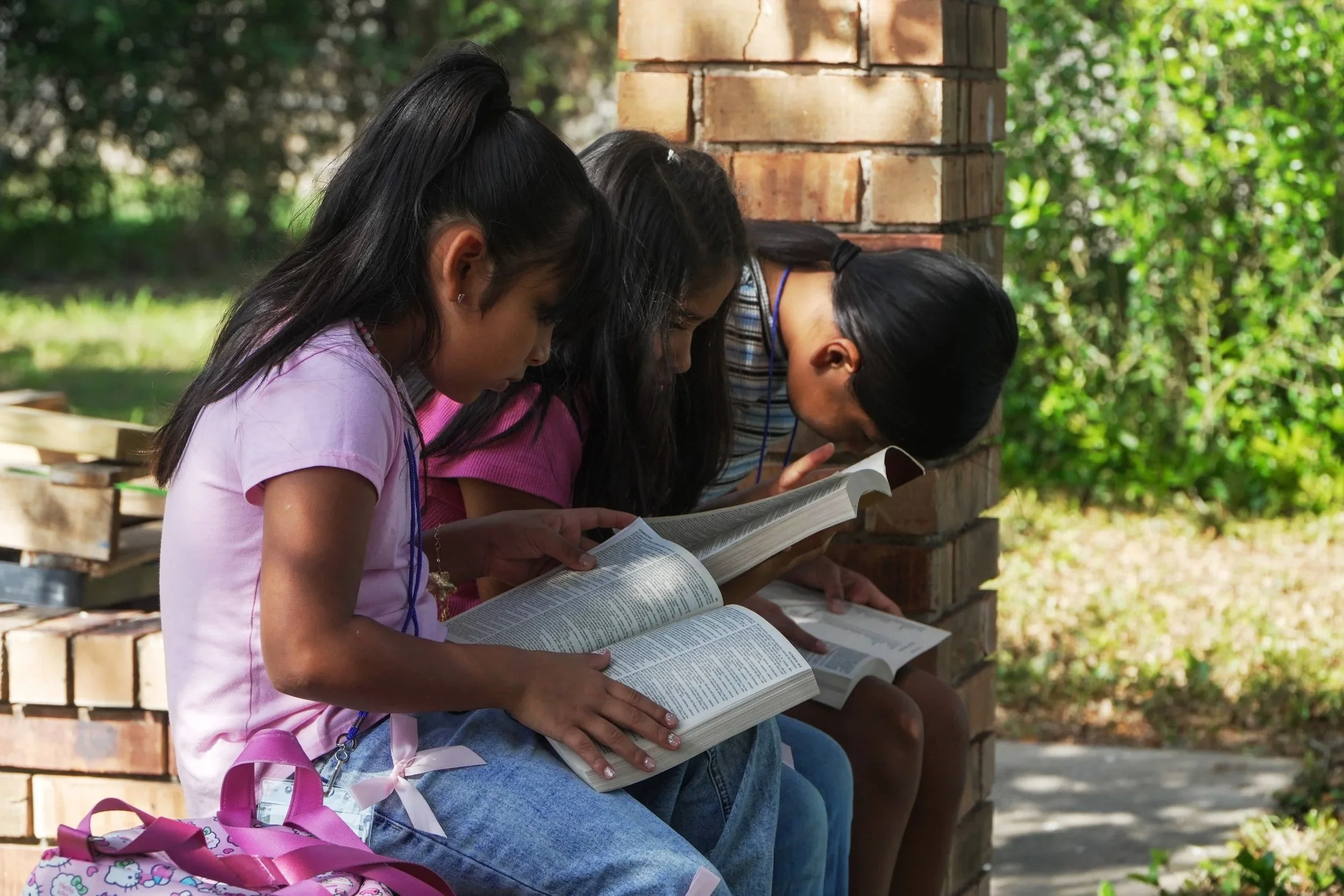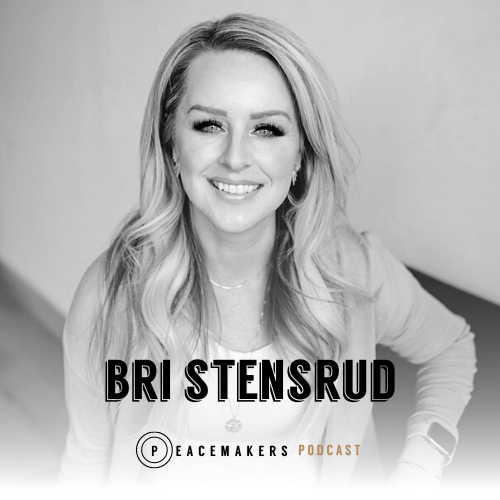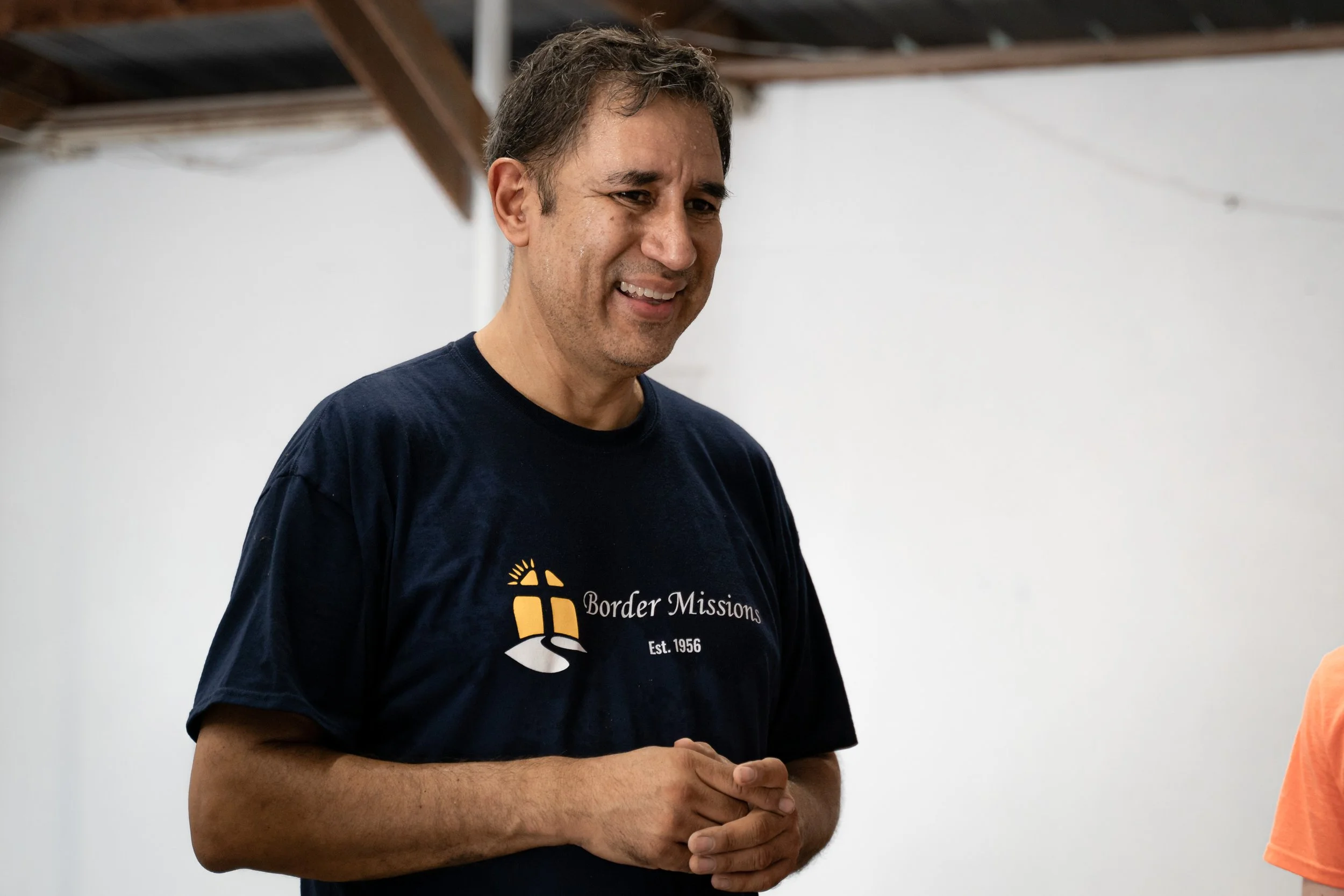Beyond the Headlines: The Real Needs in South Texas
When the national news cycle shines a spotlight in South Texas (Rio Grande Valley), it’s usually because of a surge of migrants arriving at the U.S. and Mexico border. Images of families seeking asylum and stories of policy debates typically dominate those headlines.
But what happens when the cameras leave?
What does the Rio Grande Valley look like when the world isn’t paying attention?
The truth is simple: the real needs of this region do not disappear when migration slows down or policies change.
For many, the word “border” evokes images of walls, checkpoints, and migrant caravans. While immigration is a critical issue in the region, it is not the only story. In fact, reducing the borderlands to “a border crisis” narrative does a disservice to the people who live here and to the challenges communities face every single day.
Here’s a breakdown of our region’s major needs to help you understand why your on-going partnership is needed:
Deep Poverty and Economic Hardship
The Rio Grande Valley is one of the poorest regions in the United States. According to U.S. Census data, poverty rates in some counties hover around 30% or more, nearly three times the national average. Many families struggle with limited job opportunities, low wages, and the rising cost of basic necessities.
Food Insecurity
It may surprise some that in a region known for agriculture, food insecurity is a major challenge. Many families depend on local food banks to make ends meet. In times of crisis, such as during the pandemic, demand for food assistance skyrocketed, revealing the fragile nature of the local economy and infrastructure.
Healthcare Deserts
Healthcare access in the Rio Grande Valley is another pressing concern. With limited hospitals and specialists, residents often face long wait times and must travel hours for specialized care. Rates of diabetes, obesity, and chronic illnesses are significantly higher here compared to the national average. Many lack health insurance, making treatment even harder to access.
Education and Opportunity Gaps
Education is a key to breaking the cycle of poverty, but local schools often lack the resources they need. While there are incredible teachers and programs in the region, disparities in funding and opportunities create barriers for students striving for higher education and stable careers.
Housing Challenges
Many families live in colonias, unincorporated neighborhoods that often lack basic infrastructure like paved roads, running water, and sewage systems. These conditions are not tied to migration trends; they are long-standing issues rooted in systemic neglect.
How Border Perspective is Responding
At Border Perspective, our calling is not dictated by headlines. As an organization, we are fully committed to the work of the local church at the border, whether the news cameras are here or not. Our mission is rooted in faithful presence and long-term partnerships.
Here’s how we’re engaging with the real needs of our communities:
Partnering with Border Missions to support their long-term vision of providing food for families in need. This isn’t a short-term fix but about sustaining ministries that serve their communities every single day.
Partnering with local churches to address the physical and spiritual needs of immigrant families. Through small church projects and strategic support, we help congregations meet practical needs and share the hope of Christ.
Empowering local youth through leadership development opportunities. We believe the next generation has the power to transform their communities, so we invest in programs that broaden youth’s worldview and equip them to lead.
Mobilizing, equipping, and educating people of faith through our Service-Learning Experiences. In 2025, we will walk alongside 250 participants, including many pastors and church leaders as they engaged border realities firsthand and deepened their commitment to peacemaking. This work is done in partnership with local partners and led by our local staff, ensuring that service is rooted in context, guided by those who live here, and designed to strengthen, not overshadow the witness of the local church.
Why This Matters for the Church Nationally
Scripture reminds us: “Seek the peace and prosperity of the city to which I have carried you…” (Jeremiah 29:7). For those who live at the border, this is not just about responding to needs when migrants arrive or are present, it’s about being present in the daily struggles of neighbors who call this region home. When churches and organizations limit their engagement to moments of crisis, we miss the deeper, ongoing needs that require consistent presence, creativity, and advocacy.
Loving our neighbor at the South Texas border means:
Supporting local food banks and community programs year-round.
Creating opportunities for youth to thrive and lead.
Empowering the church to meet spiritual needs and cultivate healthy discipleship.
Engaging in immersive experiences that educate and equip leaders of faith and congregations to live out peacemaking in their own contexts.
We believe faith and the spiritual health of our communities are inseparable from addressing physical needs.
It’s not an either/or, but a both/and.
The gospel calls us to care for the whole person, meeting practical needs while pointing people to lasting hope in Christ. The way we see it; the border is not just a place of issues, but a place of potential. This region is rich with culture, resilience, and faith. There is an incredible opportunity for the national Church, nonprofits, and local leaders to work together to address poverty, health and food disparities in transformative ways. Whether or not migrants are arriving at the border, the call to love our neighbor remains the same.
Let’s stop letting headlines dictate our compassion.
Border communities deserve more than seasonal attention, they deserve long-term investment, faithful presence, and a vision for flourishing that goes beyond the border crisis narrative. This commitment reflects our motive behind this simple invitation to come and see; to witness firsthand what God is doing at the border, to join in the work of loving our neighbors, and to be part of the story of transformation at the U.S. and Mexico border.


